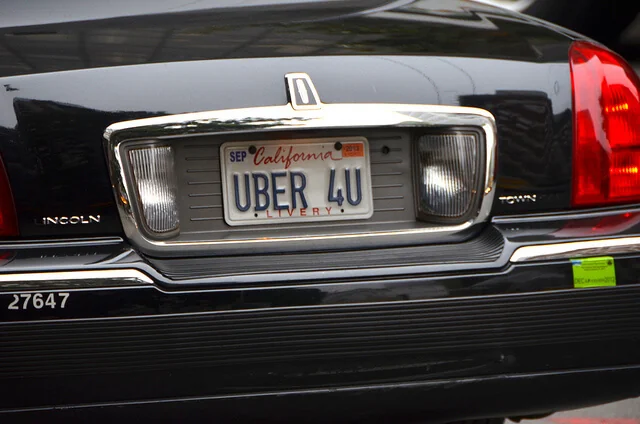The Gig Economy: Can it last?
The explosion of the gig economy has had a big effect on small businesses, and large ones, in the service sector. Lyft and Uber famously put a squeeze on the traditional cab business model, and Craigslist was a forerunner in fostering the normalization of “side work.” Whether it’s to make a little extra cash or a primary source of income, people working the gig economy have helped reshape the service industry landscape. Some have supported its growth while others have felt it threaten their businesses. But will it last?

For now this trend is going pretty strong. Businesses that are a part of the “gig economy” are expected to generate $10 billion in revenues in 2015. These businesses, like the popular Lyft and Uber, Handy (maid and handyman services), Instacart (grocery delivery), Postmates (courier service), and DryV (dry cleaning). Each of these companies has embraced the business model that each “employee” is an independent contractor, a one-person business, hired to complete tasks. These businesses don’t have employees in the traditional sense and take a percentage of income as commission instead of paying a salary.
Factors that Fostered the Gig Economy
A shifting economic landscape contributed to the growth of this model. When unemployment soared, people flocked to freelancing and other “gig” jobs. Technology has also been a driving force of these companies. Social media, mobile payments, and the boom of SaaS apps have all been the backbone of the “gig economy.” However, there is still a lot standing in the way of this movement – namely lawsuits, including from their staff, for lack of a better word.
The Sharing Economy Faces Pushback
Handy is being sued by former employees for almost $300,000 for misclassifying them as contract workers, which could results in a $600 million settlement across all of its workers in the state of California. Uber drivers have protested in San Francisco and Los Angeles, and strikes were held in New York. These companies are able to swing 20 to 30 percent less labor costs than their traditional competitors. Lawmakers have also taken interest in regulating, even shutting down, some of these businesses.
Whether or not small business owners are behind this change, it appears that the “gig economy” is here to stay for at least a while longer. It may seem that lawsuits and legislation can take the steam out of this movement, but ultimately it may be the breakdown in worker-employer relations.


